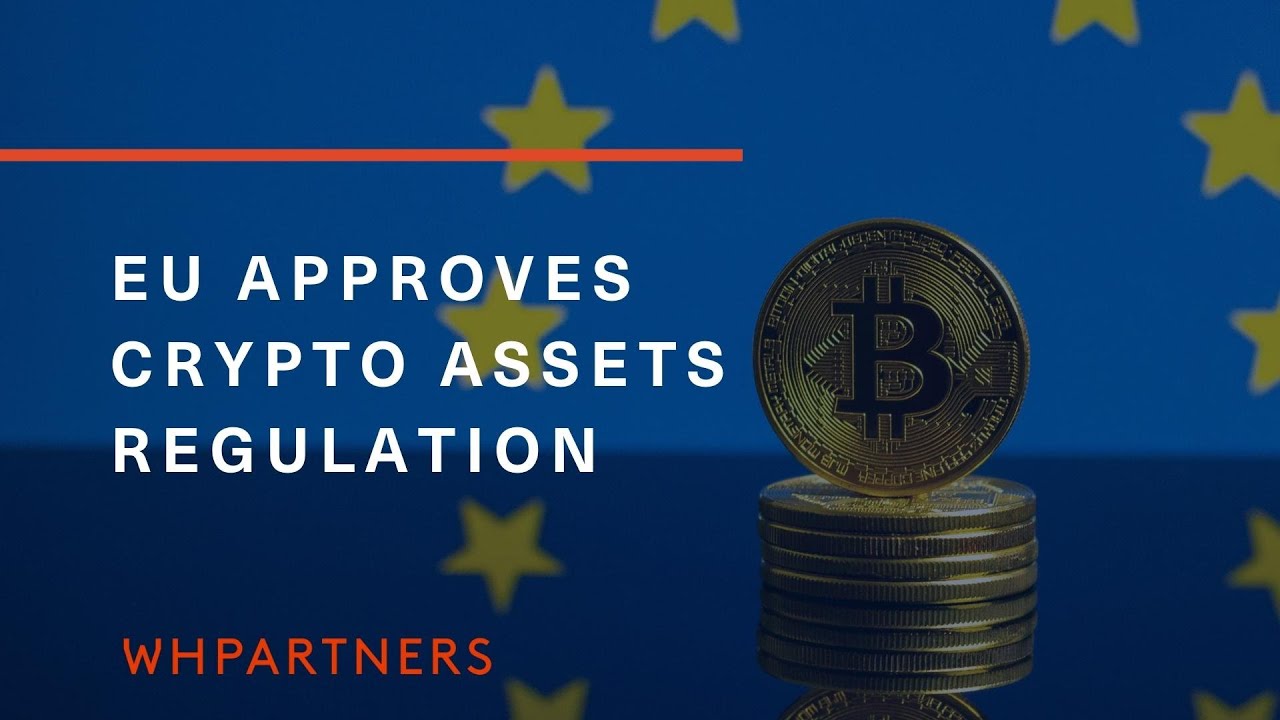In recent years, the world of digital currencies, or cryptocurrencies, has grown tremendously. In Europe, the introduction of the Markets in Crypto-Assets Regulation (MiCA) marks an important step in how cryptocurrencies are managed and controlled. This new law is designed to provide clearer rules for businesses and users involved with crypto. Let’s explore the main points and terms related to this topic.
First, we need to understand what “cryptocurrency” is. A cryptocurrency is a digital form of money that works on a technology called blockchain. It’s different from regular money because it’s not controlled by any government or bank.
MiCA is the regulation that came into action to create a legal framework for these digital currencies within the European Union (EU). One important term here is “regulation,” which means a set of rules that everyone must follow. With MiCA, the EU aims to protect consumers and ensure that crypto markets are fair and transparent.
Another term to know is “tokens.” Tokens are types of cryptocurrencies that can represent various assets or utilities. MiCA helps define and categorize these tokens, which makes it easier for people to understand what they can do with them and how they are treated legally.
Moreover, the regulation introduces “licensing,” which means that businesses wanting to deal with cryptocurrencies need to get permission from authorities. This licensing process helps ensure that companies are reliable and operate safely. It’s like needing a driver’s license to drive a car; you must show you can do it properly.
Finally, we have “compliance,” which refers to following the rules set forth by MiCA. Companies must follow these rules to avoid penalties. Compliance is crucial as it builds trust among users and helps the entire crypto ecosystem work better.
In summary, MiCA plays a key role in shaping the future of cryptocurrencies in the EU. With clarified regulations, licensing requirements, and a focus on compliance, the EU aims to create a safer and more organized environment for digital currencies. This legal landscape promotes trust and encourages innovation in the exciting world of crypto.
The Role of Crypto in the European Union: Legal Landscape Post-MiCA
The world of cryptocurrency is constantly changing. In the European Union (EU), there has been a growing interest in regulating cryptocurrencies to ensure safety and fairness. One of the most important regulations to arise in recent years is the Markets in Crypto-Assets Regulation (MiCA). This regulation aims to create a consistent legal framework across EU member states.
Understanding Key Terms
- Cryptocurrency: A digital or virtual currency that uses cryptography for security. Bitcoin is one of the most well-known cryptocurrencies.
- Regulation: Rules or laws created by authorities to control certain activities. In this case, regulations are about how cryptocurrencies can be bought, sold, and used.
- MiCA: Short for Markets in Crypto-Assets Regulation, a proposed regulatory framework for cryptocurrencies in the EU, providing clarity and legal definitions.
The Purpose of MiCA
MiCA is designed to bring order to the booming crypto market. It aims to protect consumers, ensure financial stability, and promote innovation. With MiCA, the EU hopes to eliminate the confusion that comes from different rules in different countries.
According to the European Commission, “The framework aims to foster innovation while ensuring consumer protection and financial stability in the crypto-assets space.” This means that while businesses can innovate, they must also be responsible.
Core Elements of the MiCA Regulation
- Consumer Protection: MiCA includes provisions aimed at protecting investors, especially concerning misleading advertisements and transactions.
- Market Integrity: The regulation seeks to prevent market manipulation and fraud in the crypto space.
- Licensing: Crypto service providers must obtain a license to operate within the EU, ensuring they comply with regulatory standards.
The Challenges Ahead
While MiCA addresses many important aspects of cryptocurrency regulation, challenges remain. Cryptocurrencies can be used for various purposes, including payments, investments, and even as a means of hiding assets.
“The regulatory framework must evolve with the rapidly changing technology and market dynamics.”
This quote underscores the difficulty of keeping the regulations relevant amidst fast advancements in technology.
Potential Solutions to Address Challenges
To tackle the challenges of regulating crypto effectively, several solutions could be considered:
- Continual Review: Regulations should be reviewed regularly to adapt to new technologies and trends in the crypto market.
- International Collaboration: The EU could work with other countries to create a global framework for cryptocurrency regulations.
- Education: Raising awareness and educating consumers about the risks associated with cryptocurrencies can help protect them.
The Future of Crypto in the EU
The implementation of MiCA is just the beginning. As the landscape of crypto continues to evolve, the EU must remain vigilant and responsive. Keeping up with technological advances will be vital in creating a safe and innovative environment for cryptocurrency.
“Innovation thrives best in a regulatory environment that is both clear and supportive.”
This statement reflects the need for regulations that encourage growth while ensuring protection.
Conclusion on the Legal Landscape Post-MiCA
The MiCA regulation is set to reshape the cryptocurrency landscape in the European Union significantly. By establishing a clear legal framework, the EU aims to protect consumers, promote innovation, and ensure market stability. The ongoing dialogues and adjustments in regulations will be crucial as the crypto market continues to expand and develop.
What is MiCA and why is it important for the EU’s crypto landscape?
MiCA, or the Markets in Crypto-Assets Regulation, is a comprehensive regulatory framework proposed by the European Union to provide legal clarity and safety for crypto assets. It aims to create a unified approach across EU member states, addressing issues of investor protection, financial stability, and innovation within the crypto market.
How does MiCA impact crypto businesses operating in the EU?
Under MiCA, crypto businesses must comply with specific requirements related to licensing, consumer protection, and transparency. This means that companies will need to register and adhere to standards that foster trust and security for users, paving the way for more robust crypto operations in the EU.
What are the main objectives of MiCA?
The main objectives of MiCA are to enhance consumer protection, ensure market integrity, facilitate innovation, and establish a regulatory framework that supports the safe development of the crypto market. It aims to harmonize rules across the EU, making it easier for businesses to operate in multiple member states.
Are stablecoins included in MiCA?
Yes, MiCA specifically addresses stablecoins, categorizing them as crypto assets that aim to maintain a stable value. The regulations will impose additional obligations on stablecoin issuers regarding reserve management and consumer protection, especially in the context of cross-border transactions.
What are the potential challenges for crypto users after MiCA implementation?
While MiCA aims to enhance security and consumer protection, challenges may arise, such as increased compliance costs for businesses leading to higher service fees for users. Furthermore, regulatory uncertainty may still exist until all aspects of the framework are fully implemented and tested in practice.
EU Approves Crypto Assets Regulation: An Overview of MiCA
Will MiCA stifle innovation in the crypto space within the EU?
The intention of MiCA is to strike a balance between regulation and innovation. While certain provisions may impose restrictions, the overall goal is to create a safe environment that encourages innovation while protecting consumers and the financial system.
How will enforcement of MiCA take place?
Enforcement of MiCA will be managed by national competent authorities in each EU member state, which will oversee compliance by crypto asset service providers and take necessary action against violations. This decentralized approach aims to ensure that regulatory standards are met uniformly across the EU.
When will MiCA come into effect?
MiCA is expected to come into effect following its formal adoption by EU institutions, which includes finalizing its legislative process. Once enacted, businesses will be given a transition period to comply with the new regulations.
What does MiCA mean for the future of digital currencies in the EU?
MiCA represents a significant step towards the formal recognition and integration of digital currencies into the European financial system. It lays a foundation for future developments in the sector while promoting security and trust among users and investors in digital assets.

